Chihuahua
Chihuahua is a charming and graceful dog with a huge personality. They are the national symbol of Mexico and they are one of the oldest breeds in America. Their hallmark is rounded „apple-shaped“ head, erect ears, and luminous eyes.
FUN FACT: The Chihuahua is the world's smallest dog breed.

Height:
6–9 in (15–23 cm)

Weight:
2,2 - 6,6 lb (1-3 kg)

Origin:
Mexico

Life Expectancy:
14-16 years
Dog Breed Characteristics
These dogs are great companion dogs and are widely accepted and registered in all of the cynology associations throughout the world. This dog breeds standard describes them as having compact bodies. The standard also says that their apple-shaped skull is of great importance. It is also important that their tail is long and is carried very high. It can be curved or form a half-circle, and the tip should be pointing to the loin region.
Grooming and care
Chihuahuas come in two coat variants: smooth and long. The smooth-coated dog has a smooth and shiny coat that only requires occasional brushing and regular baths, while the long-coat dog has soft hair that can be either flat or slightly curly, and you need to brush them weekly to remove dead hair and to prevent tangles and mats.
Both coat variants come in a variety of colors and markings, including black, fawn, white, gray, chocolate, brindle, tricolor, merle, etc. Their coat shed minimally, except during the shedding season when you will need to brush them more often (spring and fall).
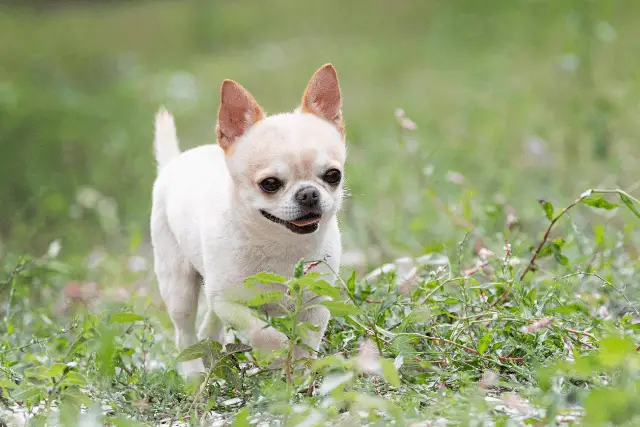
The rest is basic care for both variants: trim their nail when needed, check their ear regularly to prevent wax buildup and infections, and brush their teeth to secure good and healthy teeth and gums.
FUN FACT: The Chihuahua is born with a soft spot on their skull. This hardens up as they age, and it’s called a "molera".
Exercise
The Chihuahuas need exercise despite their small size. Often they will run inside where they can get enough exercise. They have a surprisingly large amount of energy. Nice slow walks will keep the dog in good shape. Always be careful not to over-exercise your dog. If you notice that your dog is panting and he can’t keep up with you (especially during hot weather), it’s time to pick him up and carry him home.
Other animals, such as hawks and coyotes, see them as prey, so you should never let them live outside. Because they are bred to be a companion, the best place where they should be is near you inside.
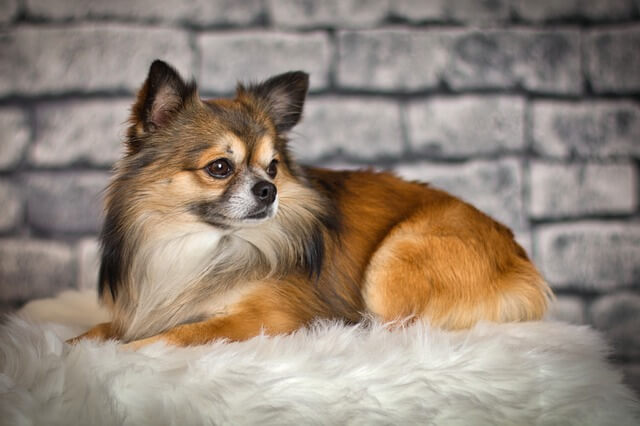
Are Chihuahuas smart?
Chihuahuas are very intelligent and alert dogs. They respond well to training with positive reinforcements, and they are eager to please their owner. If you don’t establish from the beginning that you are in charge, they will not listen to you later. Because they have a little bit of terrier temperament, you need to be firm but gentle during training. They are great in canine sports, such as obedience and agility.
FUN FACT: In ancient Mexican, graves were found mummified remains of Chihuahua dogs because they believed that these dogs ensure safe travel to the afterlife.
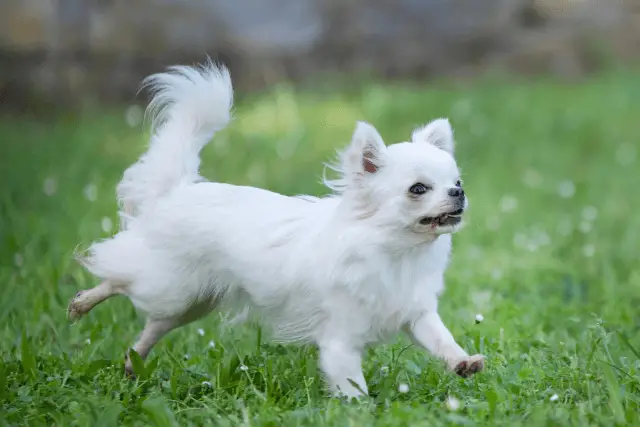
Socialization
Like any other dog breed and Chihuahuas need early socialization. Expose your dog to many different sights, sounds, and people while he is a puppy so you secure that your dog grows up to be a well-rounded dog. They will usually bond only with one person, but they can make friends with new people if you introduce them properly.
They go along well with other pets from the family if raised together from an early age.
The Chihuahua and kids
Chihuahuas are usually good with kids. They are not the best choice for families with small children because they could easily injure this tiny dog and that is why many breeders will not sell this dog to a family with small children. If you do have a toddler, you need to set some rules. Only allow him to play with the dog while they are on the floor (to avoid Chihuahua leaping from his hands and falling).
You should teach your child how to properly approach and play with the dog and, with that, prevent any injuries or biting.
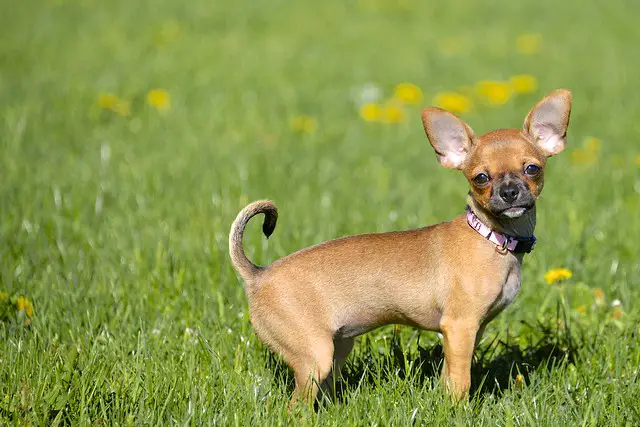
FUN FACT: Chihuahuas derive their name from the state in Mexico where they were discovered.
Health issues
Chihuahuas are generally healthy little dogs with a life expectancy of 14 - 16 years, but like any other breed, they are also prone to some health issues.
These problems may affect Chihuahua dogs:
- patellar luxation (a common problem in small dogs, it happens when the patella, which has three parts-the femur (thigh bone), patella (knee cap), and tibia (calf)-is not properly lined up),
- hypoglycemia (low blood sugar),
- pulmonic stenosis (congenital heart disease that occurs when blood doesn't flow properly through the heart),
- collapsed trachea,
- heart murmurs (caused by a disturbance in the blood flow through the chambers of the heart),
- hydrocephalus,
- shivering and open fontanel.
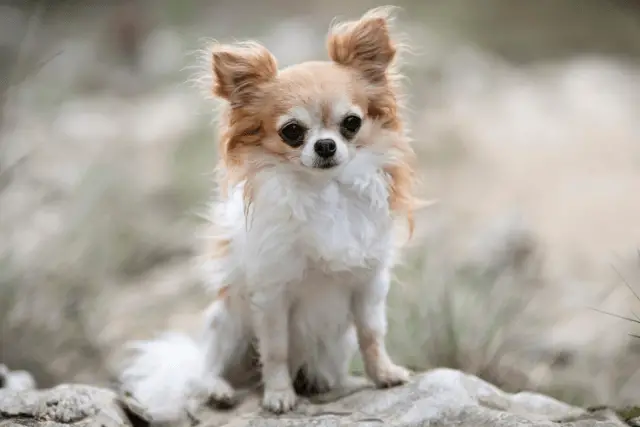
You should perform a few recommended health tests to ensure that your dog is healthy: patella evaluation, cardiac exam, and ophthalmologist evaluation.
FUN FACT: Chihuahua dogs are prone to shivering when they are cold, excited, or scared.
Chihuahua breeders
If you thinking about getting the Chihuahua take your time and do the research. Find the good Chihuahua breeder to secure that your dog will be the healthiest possible (nobody can guarantee that, but is the best you can get). If possible, always ask to see both parents and the health certificates of the parents. Never buy a dog from a backyard breeder, puppy mill, or pet store.
World Dog Finder team

Updated at31.08.2023.
Breed History
Like so many modern dog breeds, most of the Chihuahua's history and their exact origin are surrounded by mystery and speculation.
Canine historians continue to debate about Chihuahua's exact origins, but they mostly agree that it is connected to the Mexican state by the name of Chihuahua. Chihuahua is the biggest of all Mexican states. Dog lovers and enthusiasts agree that the first modern-day Chihuahua dogs have been discovered in this historical Mexican state.
Around 1884, Mexican merchants started breeding and selling small dogs to tourists and people who lived near the United States border. Many of the sold dogs lived in American households as their pets and companions. At that time, these dogs weren’t officially named yet.
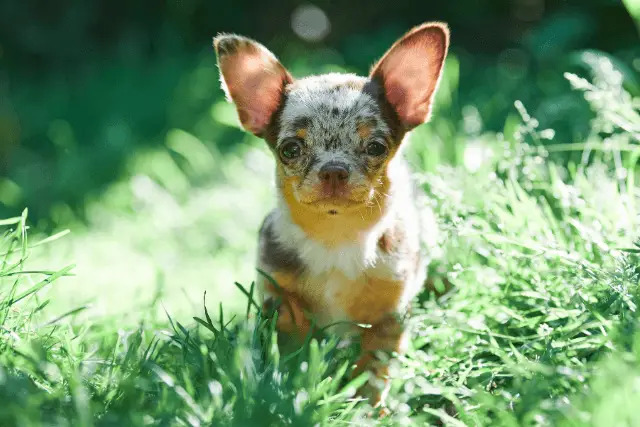
The practice was that these dogs were named after the region or province they had been seen and bought from. These early specimens of Chihuahuas ended up having many different names, such as Mexico dog, Texas, or Arizona dog, and of course, the Chihuahua dog. One of these names stuck and became the official name of this delightful and lovable dog breed.
There are many theories about their exact origin, as we already said, but the most likely one, and most canine historians agree and believe that it is the right one, is about the ancient Techichi dogs.
This theory says that these dogs are a direct descendant of the Techichi dogs. Techichi was a small desert dog that was first domesticated by a few ancient Mesoamerican civilizations. They were also domesticated and loved by many Native American tribes.
These dogs were twice as big as the modern Chihuahuas and twice as heavy. Even though there is a clear size difference, these ancient dogs share many physical features with the modern-day Chihuahuas. It is believed that Chihuahua's ancestor - the Techichi, was mute (couldn’t bark, unlike the Chihuahuas who can be pretty vocal) and only had one coat variety, unlike their descendant, who has both long and short hair.
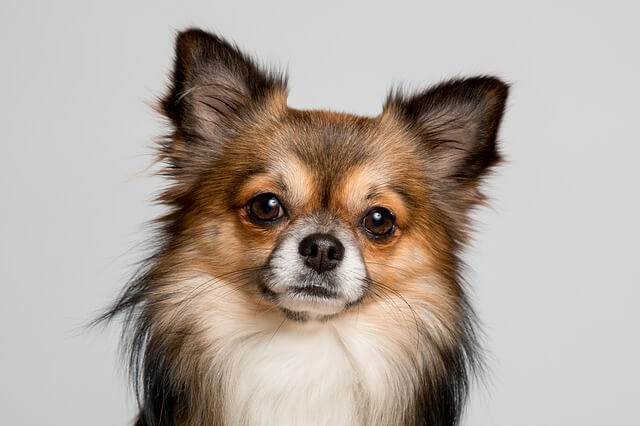
If this theory is correct, it can be pretty safe to say that the Mayans or the Toltecs were the first civilizations to tame these small, semi-wild dogs called the Techichi. The Mayans had a deep and profound relationship with dogs, and dogs played a big part in their legends, culture, history, and rituals. These ancient civilizations date back to 1800 BC so it is clear that the dogs that were domesticated and part of their culture have long and colorful histories.
The Mayans had many rituals that involved dogs and they believed that dogs were “mythical guardians to the afterlife”. That status probably wasn’t in these dogs’ best interests since they were ceremonially sacrificed, mummified, and buried alongside their owners. A common belief was that these dogs would join their owners in the afterlife.
Ancient Mayans had 9 different words for dogs and each one referred to a specific breed. The exact number of dogs that the Mayans domesticated is unknown, but most canine historians agree that it is most likely that the Techichi and the Xoloitzcuintli were part of these domesticated dogs.
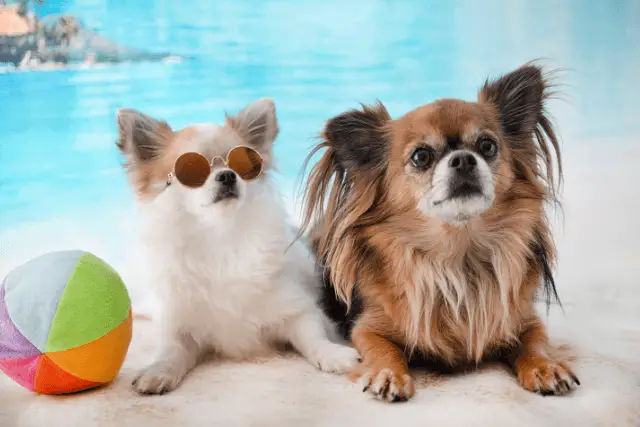
Mexico is known for its rich archeology and some of the oldest civilizations in the world. One of the modern archeological expeditions to the city of Colima in Mexico revealed ancient burial shafts that depicted statues and other artifacts that had drawings of dogs that had remarkable similarities with the Chihuahua as we know it today. That same expedition led to the discovery of ancient dog toys that have been dated to 100 AD.
There, the archeologists found dog-shaped toys that showed two types of dogs - one resembling the Chihuahua and one resembling the hairless Xolo. Some toys showed two versions of the Techichi that are believed to be selectively bred and evolved into a dog that resembles more to the modern Chihuahuas. These toys were dated back to 300 AD, giving the Thechichi well over 2.000 years of selective Mayan breeding.
One of the oldest detailed written descriptions of the Chihuahua dog was made in 1888 when a Scottish immigrant by the name of James Watson migrated to the United States of America. He moved there in the 1870s. He was a writer and a dog enthusiast. In 1888 he decided to visit a dog show in San Francisco, so he embarked on a voyage from New York to San Francisco.
He heard many rumors about small Mexican dogs and their wonderful temperament, so he decided to stop at El Paso and see what all the fuss was about. He met with a traveling Mexican merchant who bred these dogs, and as soon as he saw them, he decided to buy one for himself. That dog was, of course, the Chihuahua, which he named Manzanita.
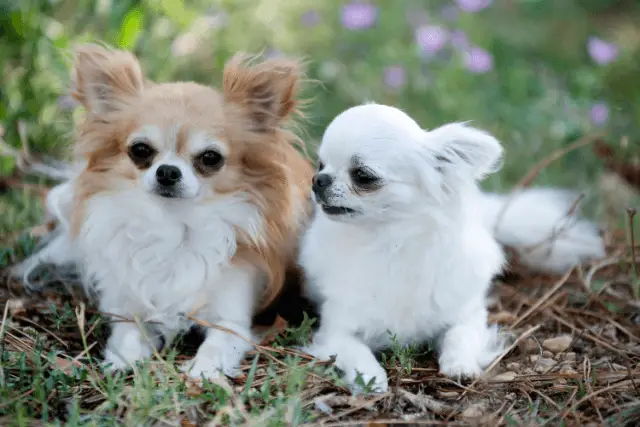
In more recent times, dog owners kept dogs for their function and working ability. Dogs had a job and a clear function like hunting, herding, retrieving, or vermin control. The most popular dog breeds at that time were Terriers, Spaniels, or working Collies, which were all-purpose dogs. Dogs were mostly owned by farmers and landowners and were primarily kept for working purposes.
The Chihuahua is a toy dog breed that is, above all, a companion dog breed. Keeping a companion dog wasn’t too popular at the beginning of the 20th century.
Everything started to change in the 60s when most of the farms switched to mechanical working machines, and dogs switched their original purpose. They stopped being workers and started being companions instead. This dog started to become the perfect canine companion thanks to their lively temperament, low maintenance, and small size. Since then, these dogs are always in the top 10 most popular breeds not only in the United States of America but also around the globe.
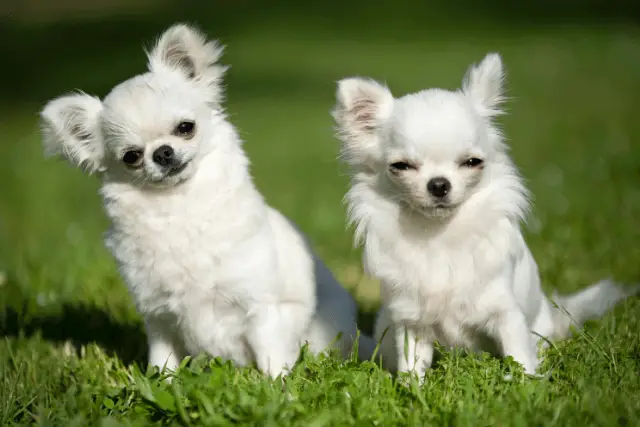
FUN FACT: Chihuahua became popular in the USA after an appearance in the series of Taco Bell commercials.
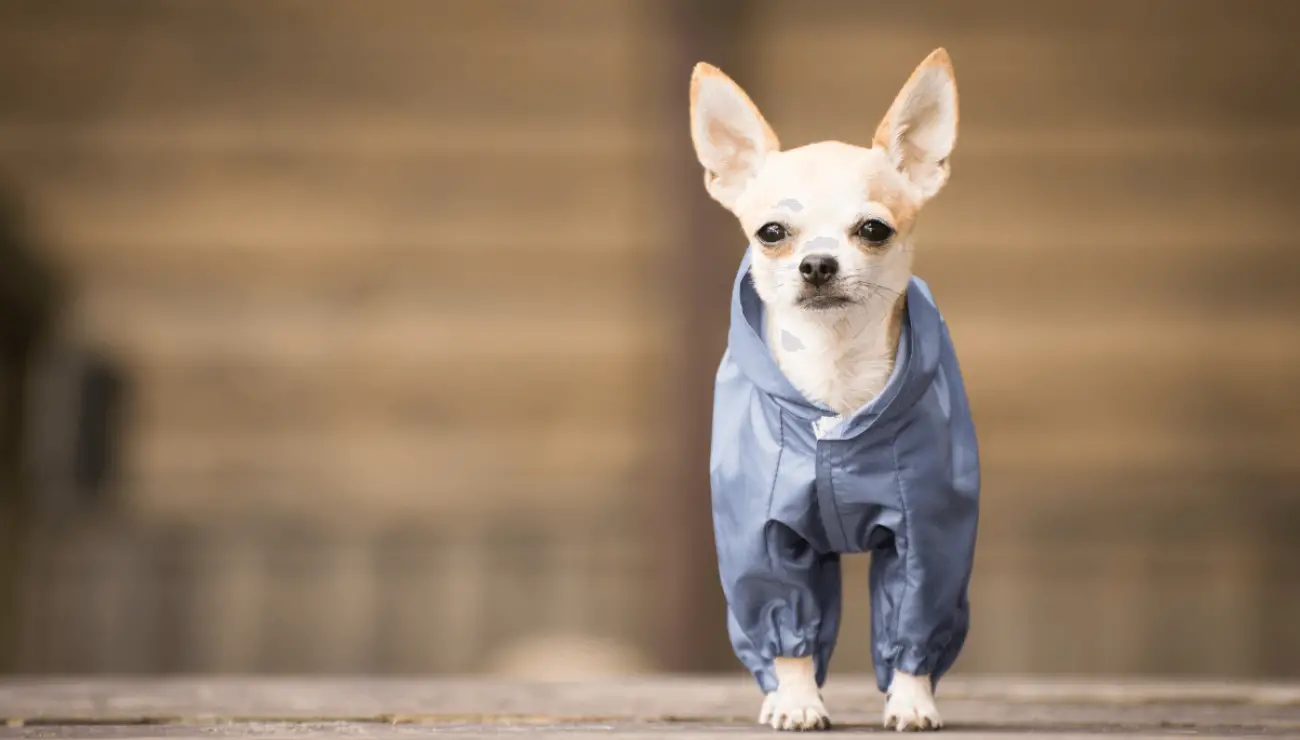
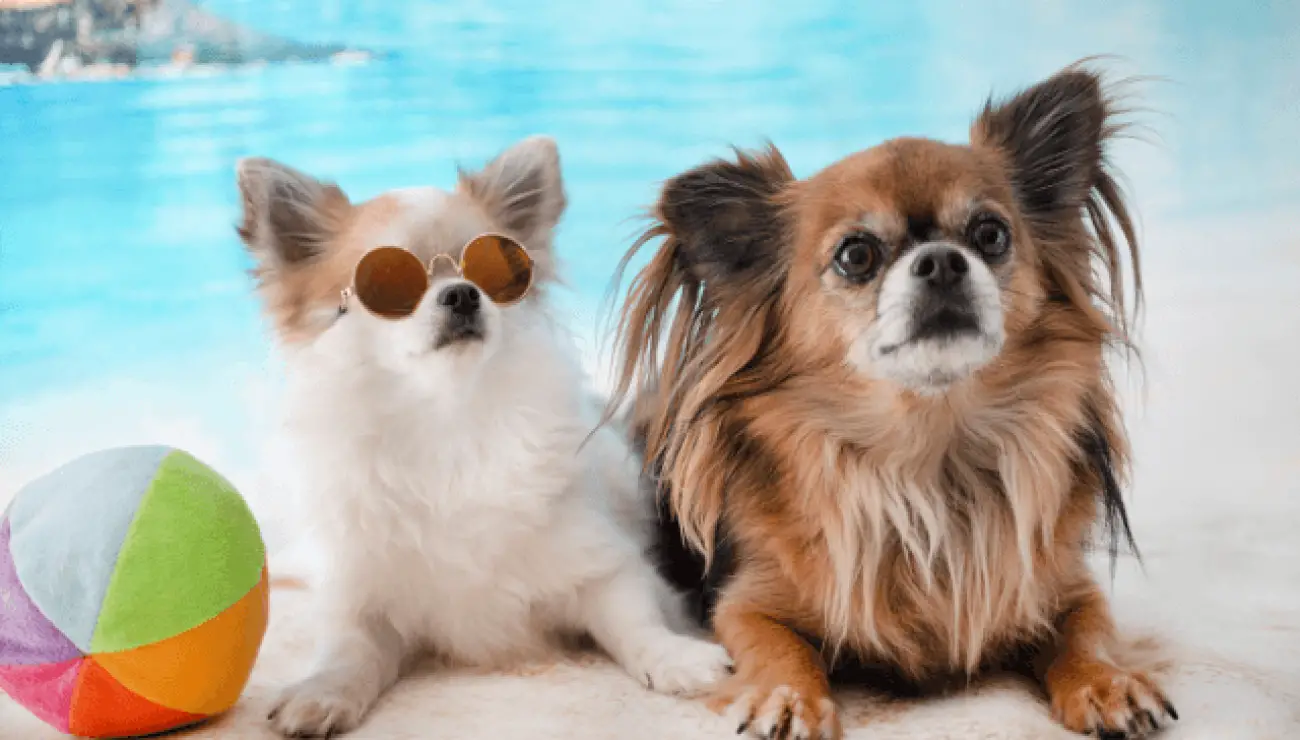
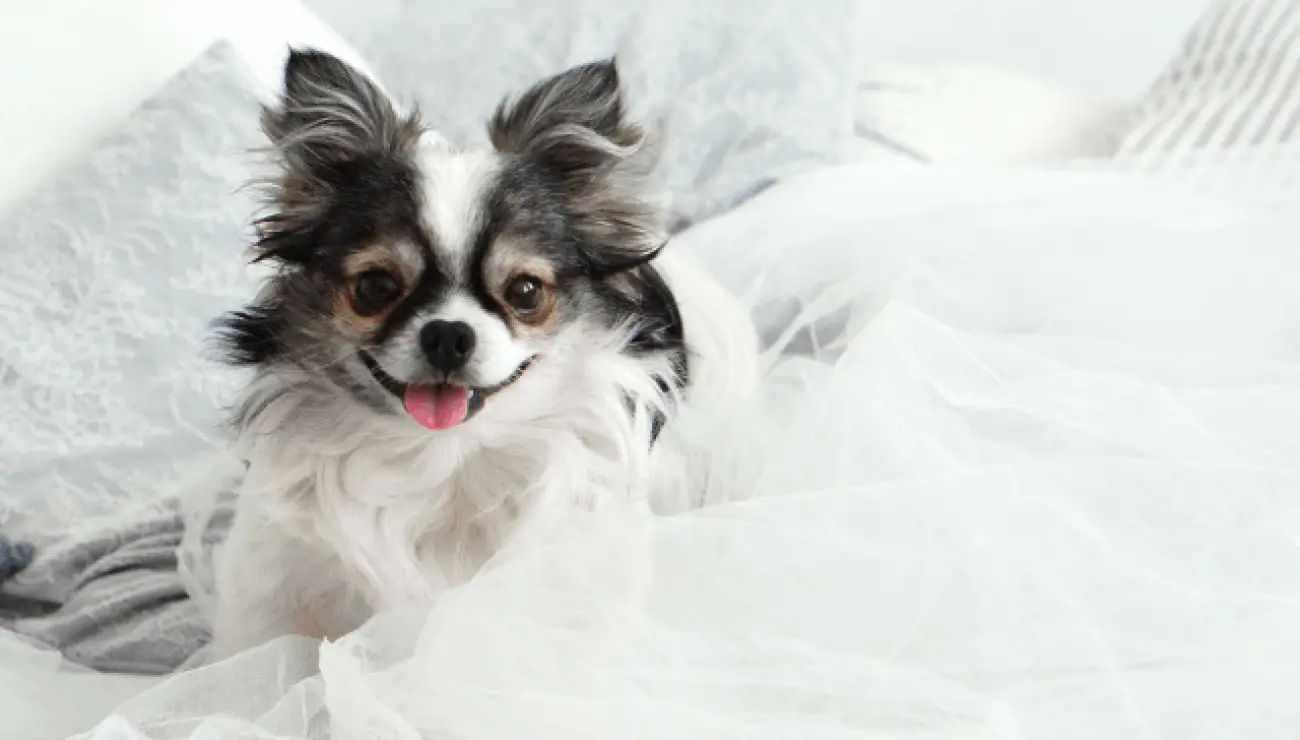
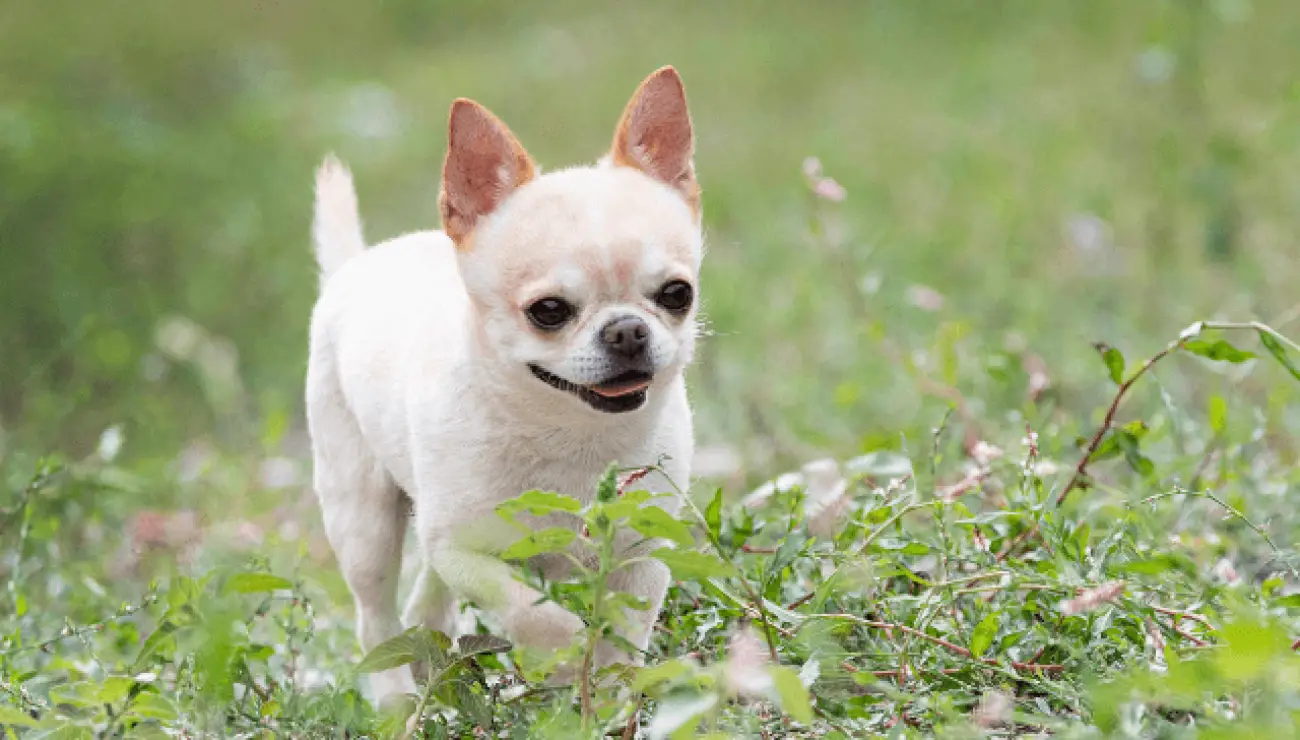
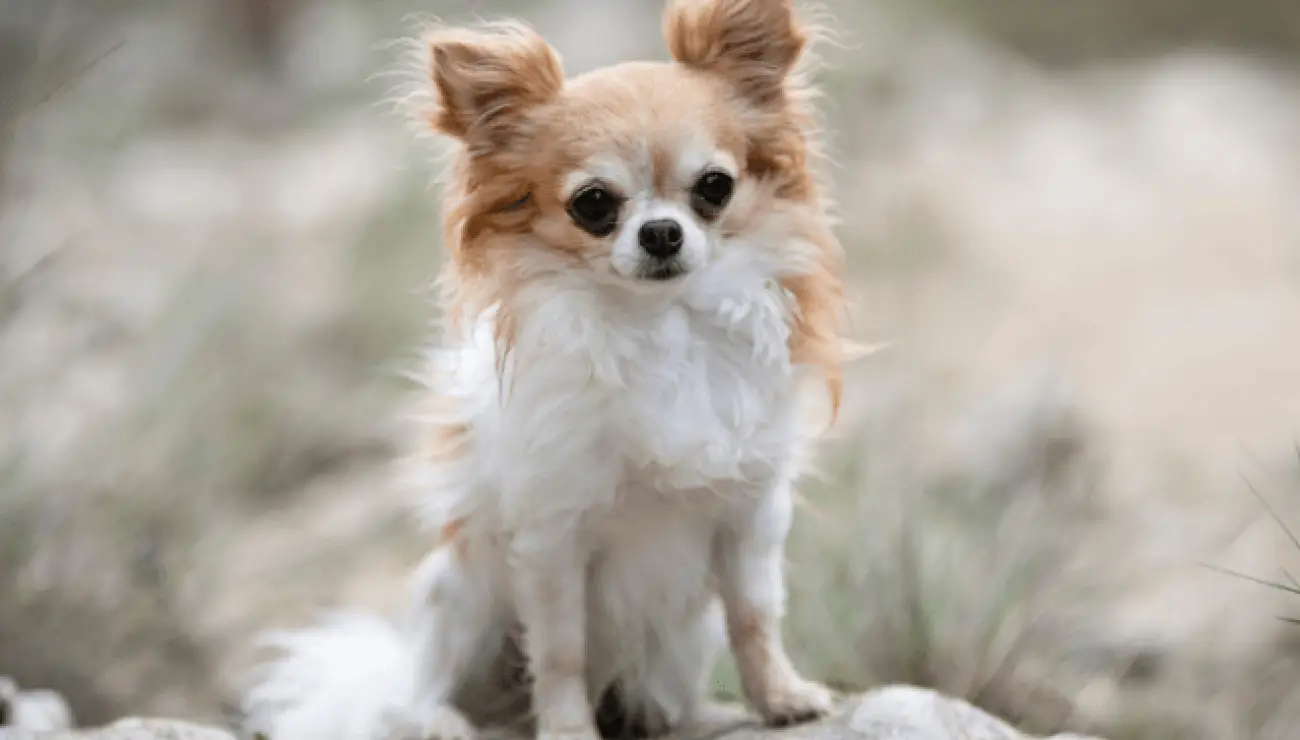
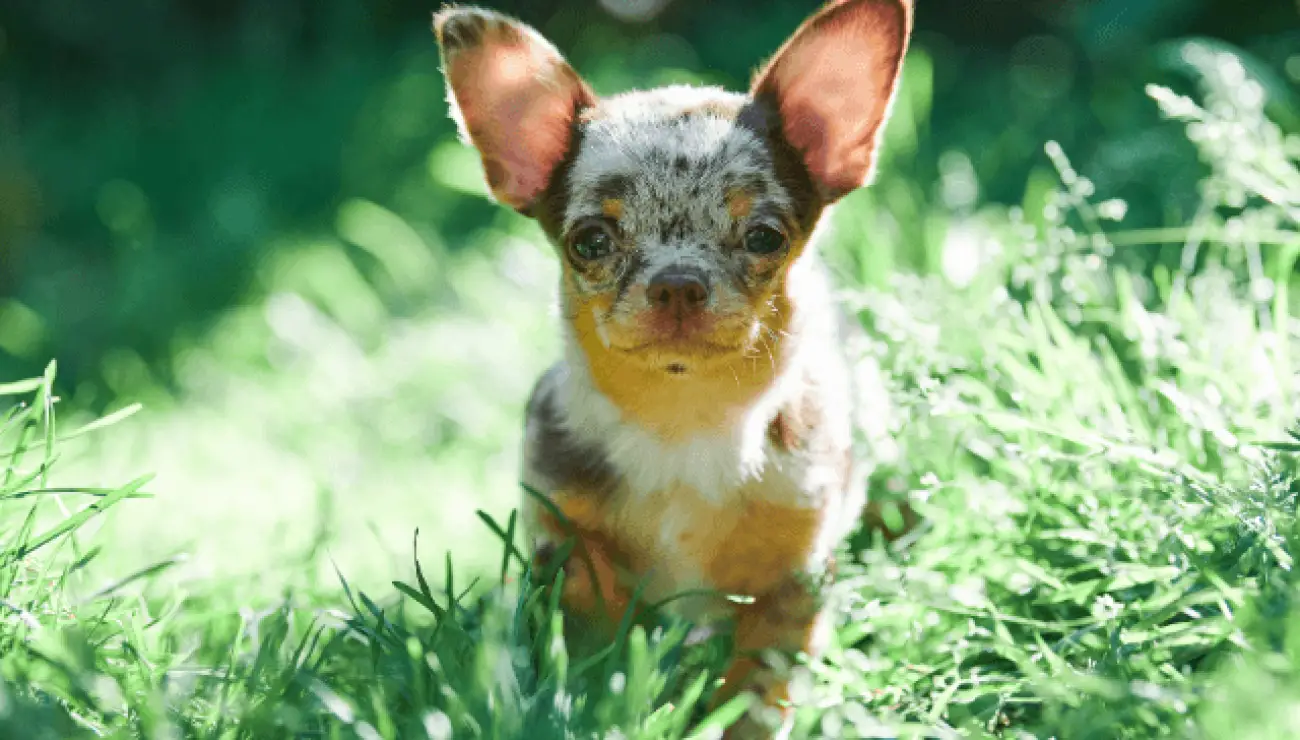
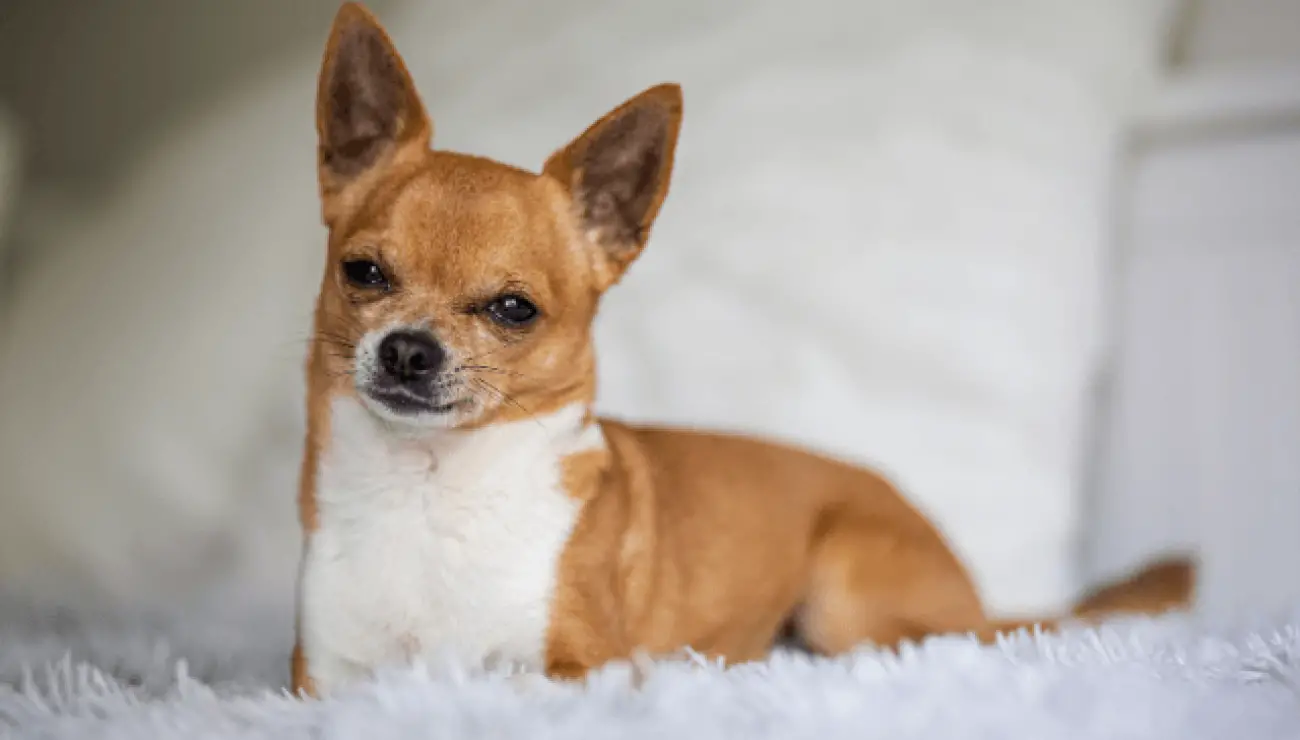
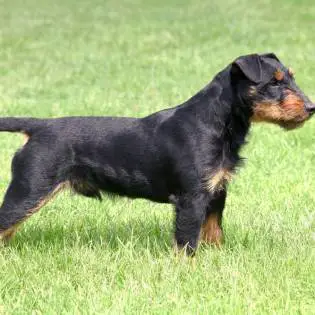
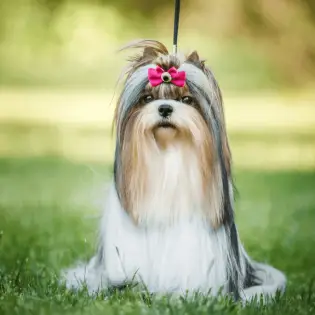
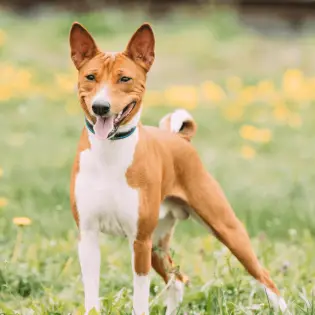
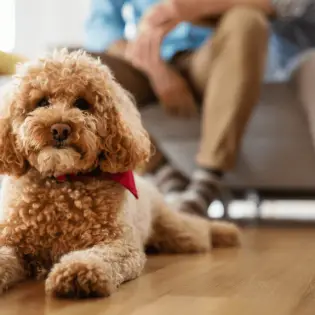
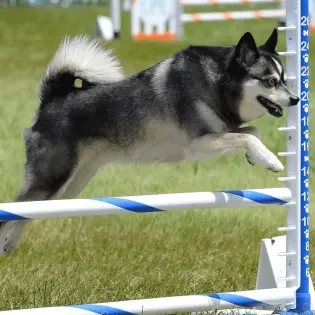

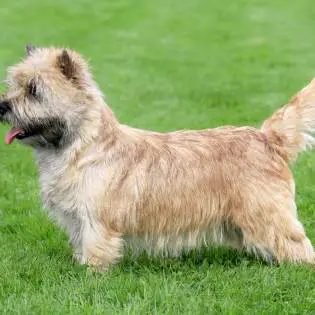
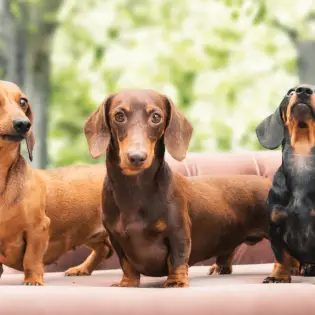
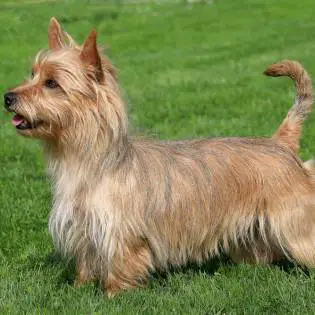
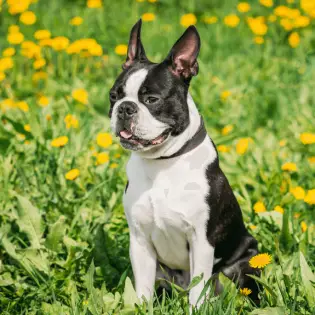

Share